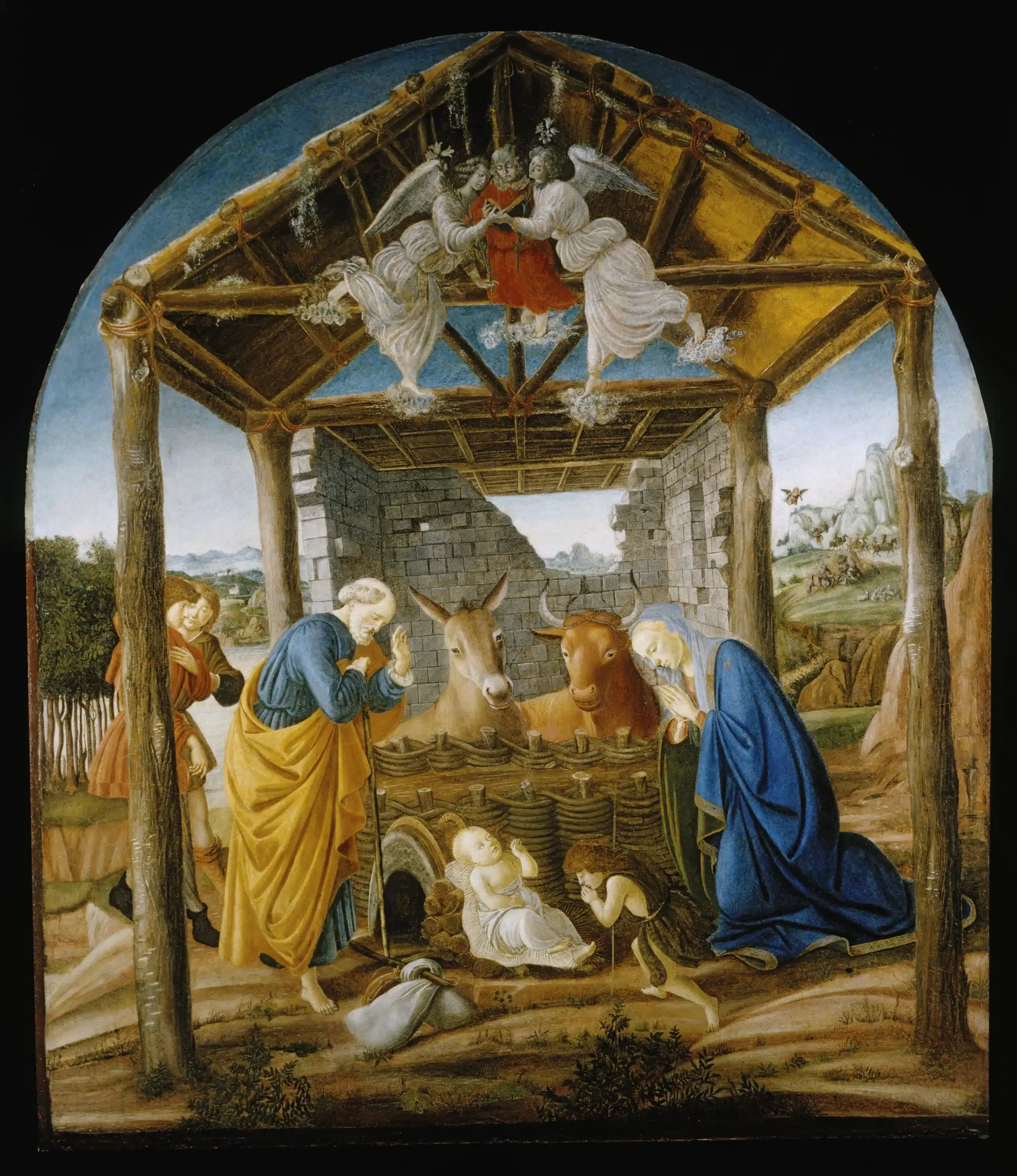Elliot’s Note about this article
this article is not meant to be exhaustive; the history of Christmas is an enormous subject with lots of cultural history from the civilizations throughout recorded time.

Christmas is primarily a christian holiday to celebrate the birth of Jesus. However; it is speculated that the date of the 25th of December was chosen because it is exactly 9 months before the day of his conception, on March 25th which is the Spring Equinox. There is some evidence to suggest Jesus was actually born in December; however the sources aren’t very good[1]. Some believe that the celestial event of the star of Bethlehem, which could have been in June; or perhaps October[2]. The evidence isn’t clear, in my opinion. Generally Jesus is considered to have been born between 6-4 BCE because King Herod died in 4 BC.
When and Where was Jesus Born?
Jesus was most likely born in Bethlehem, a town in the West Bank in the Judean Hills of Jerusalem; currently this is contested by Israel and Palestine and not a good place to visit due to the Isaeli/Palestinian conflict (12/2023)[5]. The Church of the Nativity, built in the 4th century, is one of the oldest continuously used churches in the world founded by St. Justin Martyr, a 2nd-century Christian apologist.
I believe that it is likely that Jesus was born in Nazareth, his hometown, and that the journey to Bethlehem was added later to satisfy the Old Testament prediction which fulfilled the prophecy of the Messiah’s birth in Bethlehem (Micah 5:2), which is currently debated by scholars. I don’t think there is enough evidence to truly know this. This account only exists in the book of Matthew and is supported by the gospel of Luke. Bethlehem, meaning “house of bread” in Hebrew, was known for its fertile land, which ensured bountiful harvests.
It is likely that Jesus wasn’t born on December 25th. According to modern biblical scholars; there are two competing theories as to why this date was chosen for Christmas:
First, The “Calculation hypothesis” suggests that this date was calculated as nine months after March 25th, believed to be the day of Jesus’ conception.
Second, which I believe, the “History of Religions” hypothesis, proposes that the Church chose December 25th to coincide with Roman pagan festivals, particularly the birthday of the Unconquered Sun (Sol Invictus), a popular deity during the later Roman Empire.
There is no definitive evidence of the day of Jesus’ birth, although it is possible that it was December 25th.
A Strange Coincidence?
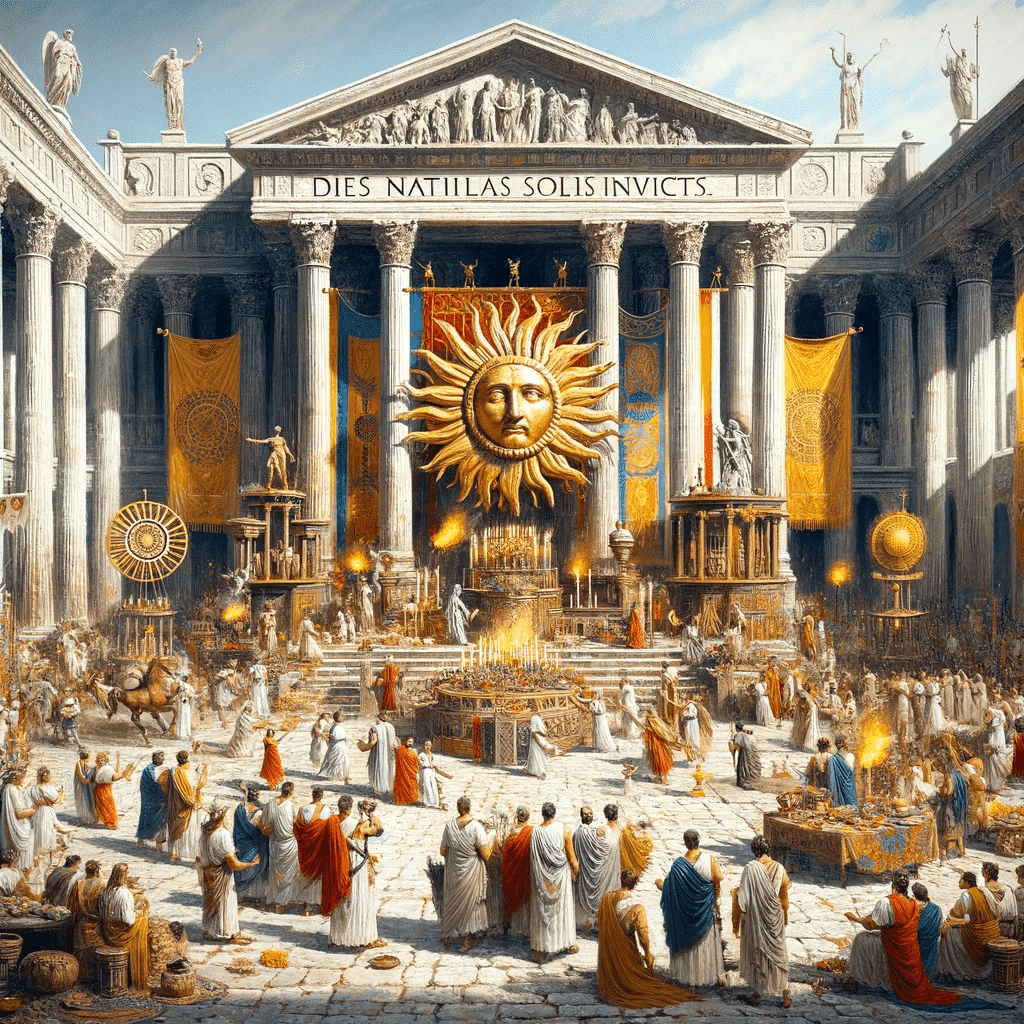
The festival of Dies Natalis Solis Invicti, the “birthday” of the unconquered sun, was celebrated on December 25th. This date later became significant in Christianity as it was chosen as the date to celebrate Christmas, the birth of Jesus Christ. The choice of this date for Christmas is often seen as a way to Christianize or replace the popular pagan festival. The worship of Sol Invictus may have influenced early Christian practices. The use of solar imagery in Christian iconography, as well as the adoption of December 25th for Christmas, are examples of possible intersections between the two traditions. After Constantine the Great embraced Christianity, the significance of Sol Invictus began to wane, although the cult continued for some time. Its legacy, however, can be seen in various aspects of Roman culture that persisted even after the adoption of Christianity as the empire’s state religion. The worship of Sol Invictus was established in Rome by Emperor Aurelian[6] in 274 AD, although the concept of a sun god was not new and had been a part of Roman religion in various forms. This particular cult combined aspects of earlier Roman sun gods like Sol with elements from other deities, especially from Eastern religions.
It is most likely that this holiday was created as a way to merge traditional paganism with the up-and-coming tenets and celebratory practices of Christians; but that’s just my opinion.
Christmas Trees, Decoration, and Lights
Evergreen Christmas Trees
have a fascinating history. Humans have worshipped, or appreciated trees for a very long time. The use of evergreen trees, wreaths, and garlands to symbolize eternal life was a custom of the ancient Egyptians, Chinese, and Hebrews. Tree worship was common among the pagan Europeans and survived their conversion to Christianity in the Scandinavian customs of decorating the house and barn with evergreens at the New Year to scare away the Devil and of setting up a tree for the birds during Christmastime.
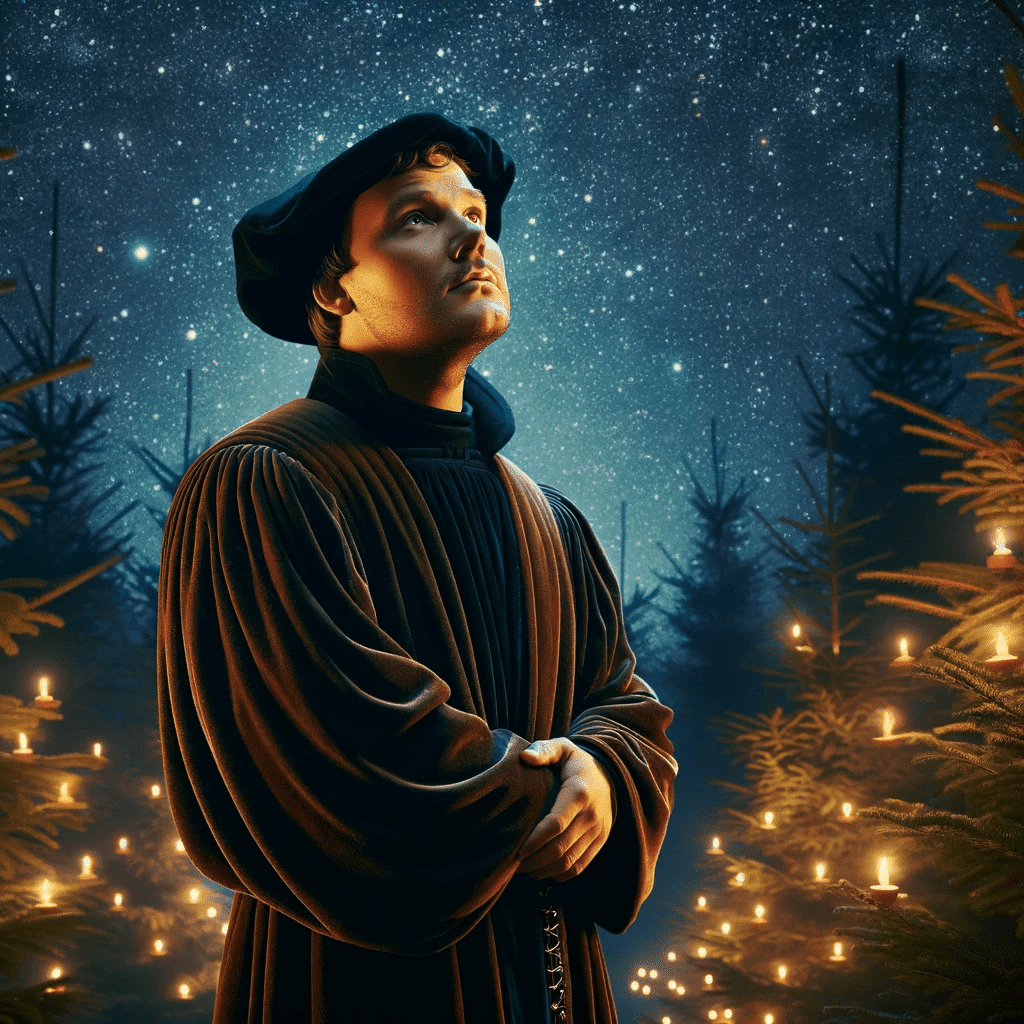
In Germany placing a Yule tree at an entrance or inside the house during the midwinter holidays became popular in the 16th century, because of the garden of Eden mythos. It said believed that Protestant reformer Martin Luther was the first to add lighted candles to a tree, inspired by the starlit sky as he walked home one winter night. The Christmas tree symbolizes life and rebirth in the midst of winter. Early trees were adorned with fruits, nuts, and later, candles. The custom spread throughout Europe and was brought to America by German immigrants. It became enormously popular in the 19th century, especially in England after Queen Victoria and Prince Albert were depicted in a published illustration with their decorated Christmas tree. Thanks Europe!
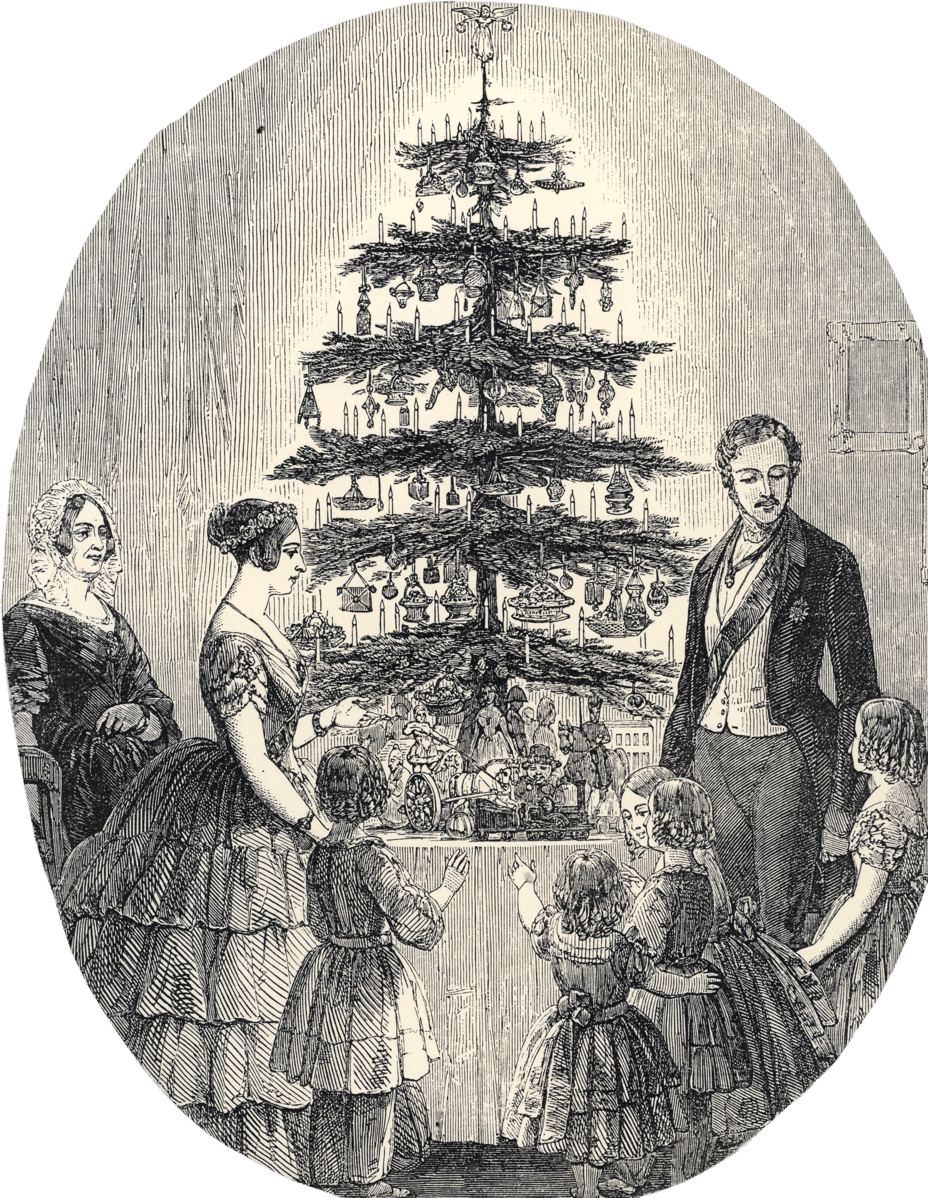
The Rise in popularity of Victorian Christmas Traditions
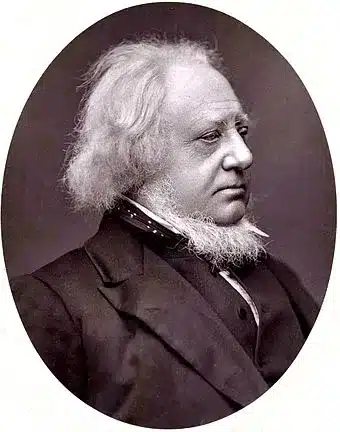
At the dawn of the 19th century, Christmas was hardly celebrated – at least, not in a way we would recognize today. It was Sir Henry Cole, the first director of the V&A, who introduced the idea of the Christmas card in 1843. Cole commissioned the artist J.C. Horsley to design a festive scene for his seasonal greeting cards and had 1000 printed (you can see the first cards here) – those he didn’t use himself were sold to the public. Later in the century, improvements to the chromolithographic printing process made buying and sending Christmas cards affordable for everyone.[10] Increased prosperity across Britain saw a rising market for mass-produced toys, decorations and novelty items such as the Christmas cracker. Inspired by bon bons (French sweets wrapped in paper) he saw during a trip to Paris, sweetshop owner Tom Smith first invented the cracker in the 1840s. It wasn’t until the 1860s, when Smith perfected its explosive ‘bang’ that the Christmas cracker as we know it today became a popular seasonal staple. Along with a joke, gifts inside could range from small trinkets such as whistles and miniature dolls to more substantial items like jewellery. The Victorian age placed great importance on family, so it follows that Christmas was celebrated at home. This creates a logical depiction of how and why we celebrate Christmas in the nuclear and extended family; the presents are stylistically very similar to what evolved during the Victorian era of Great Britain.
Lights at Christmas
The early 20th century saw Americans decorating their trees mainly with homemade ornaments, while many German Americans continued to use apples, nuts and marzipan cookies. Stringed popcorn was added to trees’ decoration after being dyed bright colors and interlaced with berries and nuts. Electricity brought about Christmas lights, making it possible for Christmas trees to glow for days on end. With this, Christmas trees began to appear in town squares across the country and having a Christmas tree in the home became an American tradition.[8]

The earliest lights were candles in the 17th century. This posed significant fire hazards and many tools were adopted to keep homes from burning down. Then, in 1882, Edward Johnson, Thomas Edison’s associate invented the first string of Christmas lights in red, white, and blue; three years after Edison invented the light bulb. Grover Cleveland displayed an electric lit Christmas tree in the White House in 1895, but adoption was still low due to the cost of lights. Once the cost of lights went down, they were widely adopted across the US and numerous technological advancements in lighting led to LED lights. Now, lights symbolize joy, celebration, and the bringing of light during the darkest time of the year. The story of Christmas lights is a testament to how technological advancements can transform cultural practices and create new traditions that last for generations.
Conclusion
From ancient Egypt to Bethlehem to modern America, from the birth of Jesus to celebrating the garden of Eden in Germany to making LED shows with high-tech lightning on giant evergreen trees; this is the history and evolution of the wonderful holiday we know as Christmas. Celebrate away humans! (if you have questions or additions, comment!)
References
- Wikipedia – Jesus’ Date of Birth
- LiveScience – When was Jesus Born?
- Britannica – Biography of Jesus
- Wikipedia – Chronology of Jesus
- Smart Traveller – Israel and Palestine Occupied Territories
- Wikipedia – Emperor Aurelian
- Britannica – Christmas Tree
- History.com – History of Christmas Trees
- National Geographic – History of Christmas Trees
- vam.ac.uk – Victorian Christmas Traditions
- Wikipedia – Sir Henry Cole
- The First Christmas Cards

